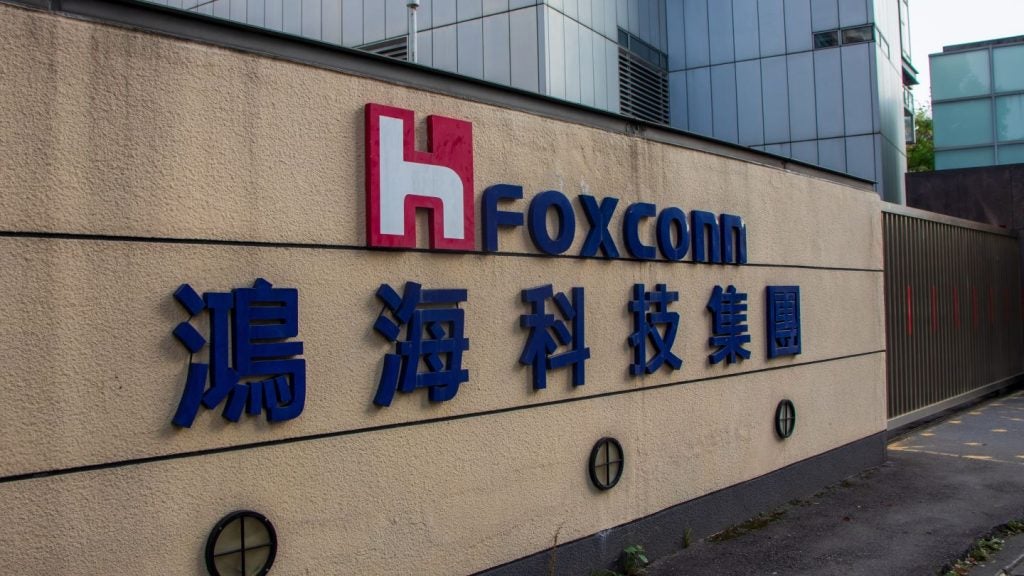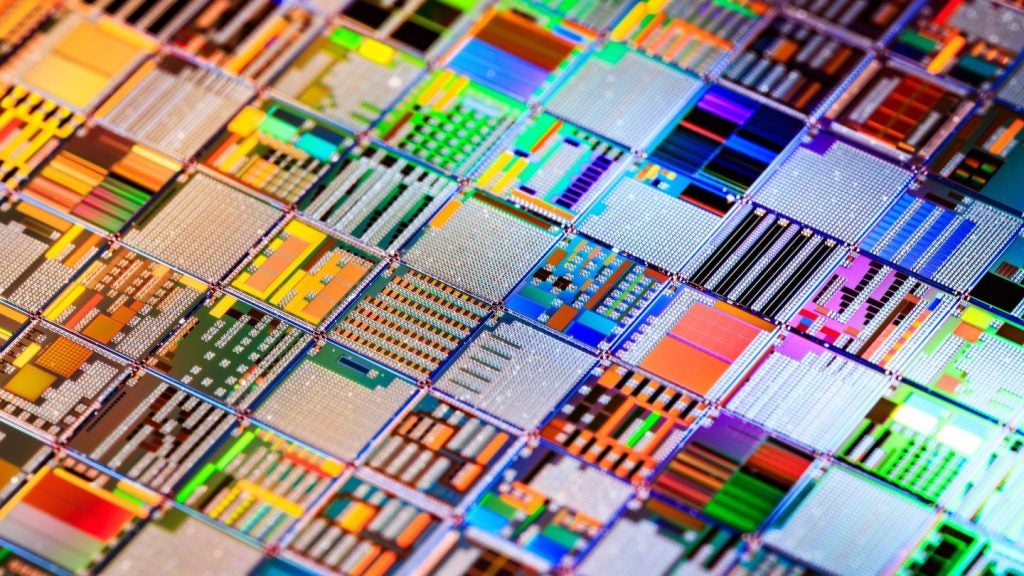The technology industry continues to be a hotbed of patent innovation. Activity is driven by the increasing demand for flexible and customized network services, particularly in the context of 5G and Internet of Things (IoT) deployments, efficient resource utilization, improved network performance, and the ability to meet diverse service-level requirements, as well as growing importance of technologies such as software-defined networking (SDN) and network function virtualization (NFV), which provide the necessary programmability and flexibility to create and manage virtualized network slices. In the last three years alone, there have been over 1.5 million patents filed and granted in the technology industry, according to GlobalData’s report on 5G in technology: network slicing. Buy the report here.
According to GlobalData’s Technology Foresights, which uses over 1.6 million patents to analyze innovation intensity for the technology industry, there are 185+ innovation areas that will shape the future of the industry.
Network slicing is a key innovation area in 5G
Network slicing is a transformative technology that facilitates the creation of multiple virtual networks within a shared physical infrastructure. It empowers network operators to offer diverse services, including 5G, IoT, and cloud services, on a single network, and ensures optimal performance and security. With network slicing, resources can be efficiently allocated, allowing for tailored network configurations that meet the unique requirements of each customer.
GlobalData’s analysis also uncovers the companies at the forefront of each innovation area and assesses the potential reach and impact of their patenting activity across different applications and geographies. According to GlobalData, there are 275+ companies, spanning technology vendors, established technology companies, and up-and-coming start-ups engaged in the development and application of network slicing.
Key players in network slicing – a disruptive innovation in the technology industry
‘Application diversity’ measures the number of applications identified for each patent. It broadly splits companies into either ‘niche’ or ‘diversified’ innovators.
‘Geographic reach’ refers to the number of countries each patent is registered in. It reflects the breadth of geographic application intended, ranging from ‘global’ to ‘local’.
Patent volumes related to network slicing
Source: GlobalData Patent Analytics
International Business Machines (IBM) is one of the leading patent filers in the network slicing space. The company’s patents are related to methods and systems for software definition networking (SDN) and network functions virtualization (NFV) to enable the dynamic management, configuration and launching of network slicing.
Other prominent patent filers in the space include Huawei and VMware.
By geographic reach, Arrcus leads the pack, followed by SentinelOne and Motorola Solutions. In terms of application diversity, Huawei holds the top position, followed by Cisco Systems and VMware.
Network slicing allows the division of a physical network into multiple virtual networks, each tailored to specific requirements and applications. It enables the creation of virtualized network slices that can be customized to meet the diverse needs of different users or applications, such as enhanced mobile broadband, massive machine-type communications, and ultra-reliable low-latency communications. Network slicing provides flexibility, scalability, and efficient resource allocation, allowing operators to optimize network performance and deliver customized services to their customers.
To further understand the key themes and technologies disrupting the technology industry, access GlobalData’s latest thematic research report on 5G.
Data Insights
From

The gold standard of business intelligence.
Blending expert knowledge with cutting-edge technology, GlobalData’s unrivalled proprietary data will enable you to decode what’s happening in your market. You can make better informed decisions and gain a future-proof advantage over your competitors.







